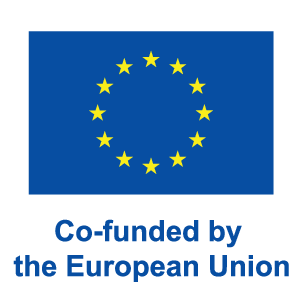Task 1.1
Ocean acidification poses a critical threat to marine ecosystems. While life cycle assessment frameworks provide a method for assessing and combatting many anthropogenic impacts, marine impact models remain underdeveloped compared to their terrestrial counterparts. We present the first spatially explicit characterization model for quantifying the impacts of ocean acidification that includes both midpoint and endpoint characterization factors (CFs). We have calculated mid and endpoint CFs for 232 marine ecoregions and 18 FAO major fishing areas, for each of the three greenhouse gases CO2, CO, and CH4. The CFs calculated in this study can be applied to any life cycle inventory containing CO2, CO, or CH4 emissions to the air. The complete dataset can be found in the supplementary information of the publication.




